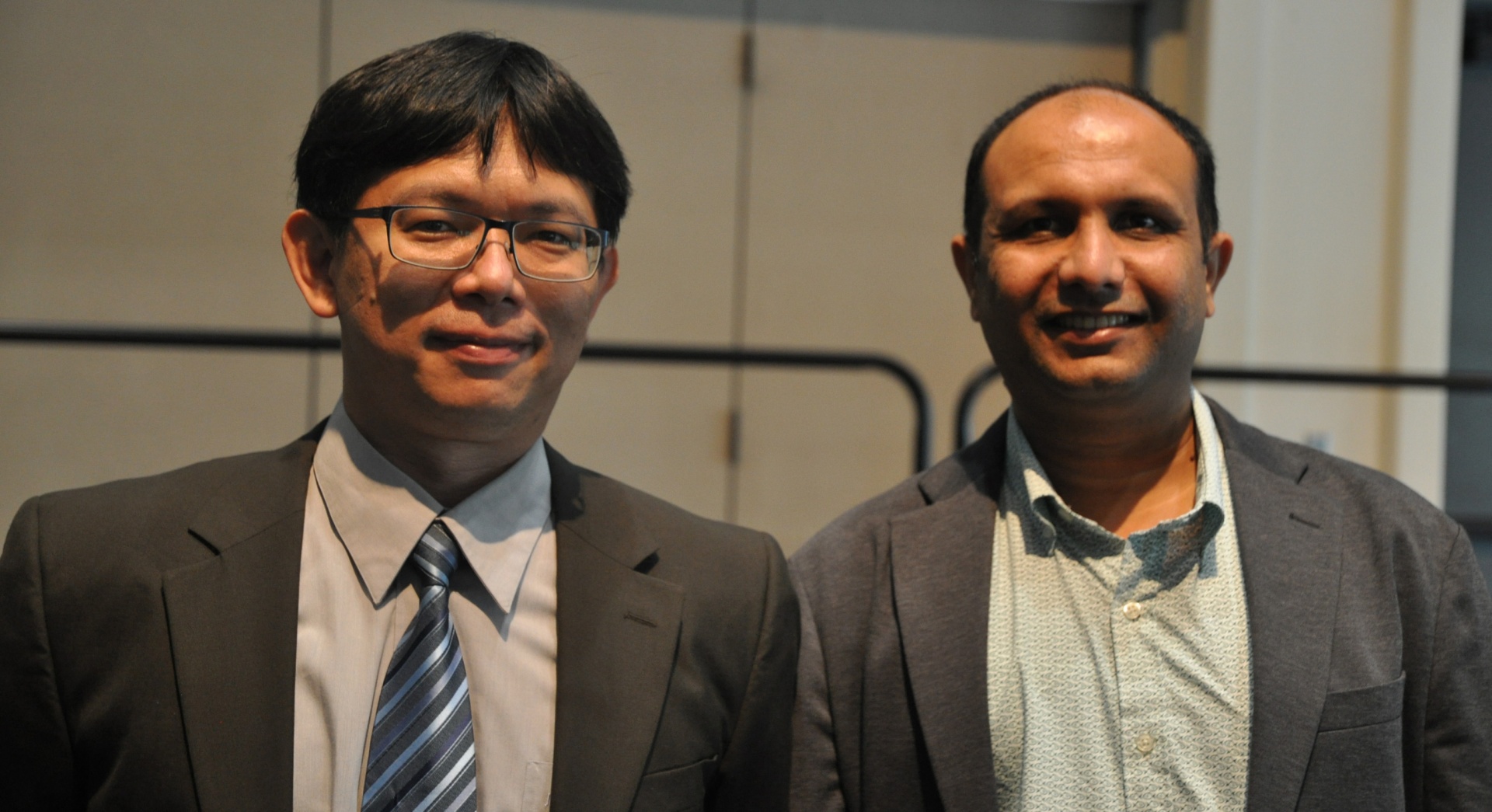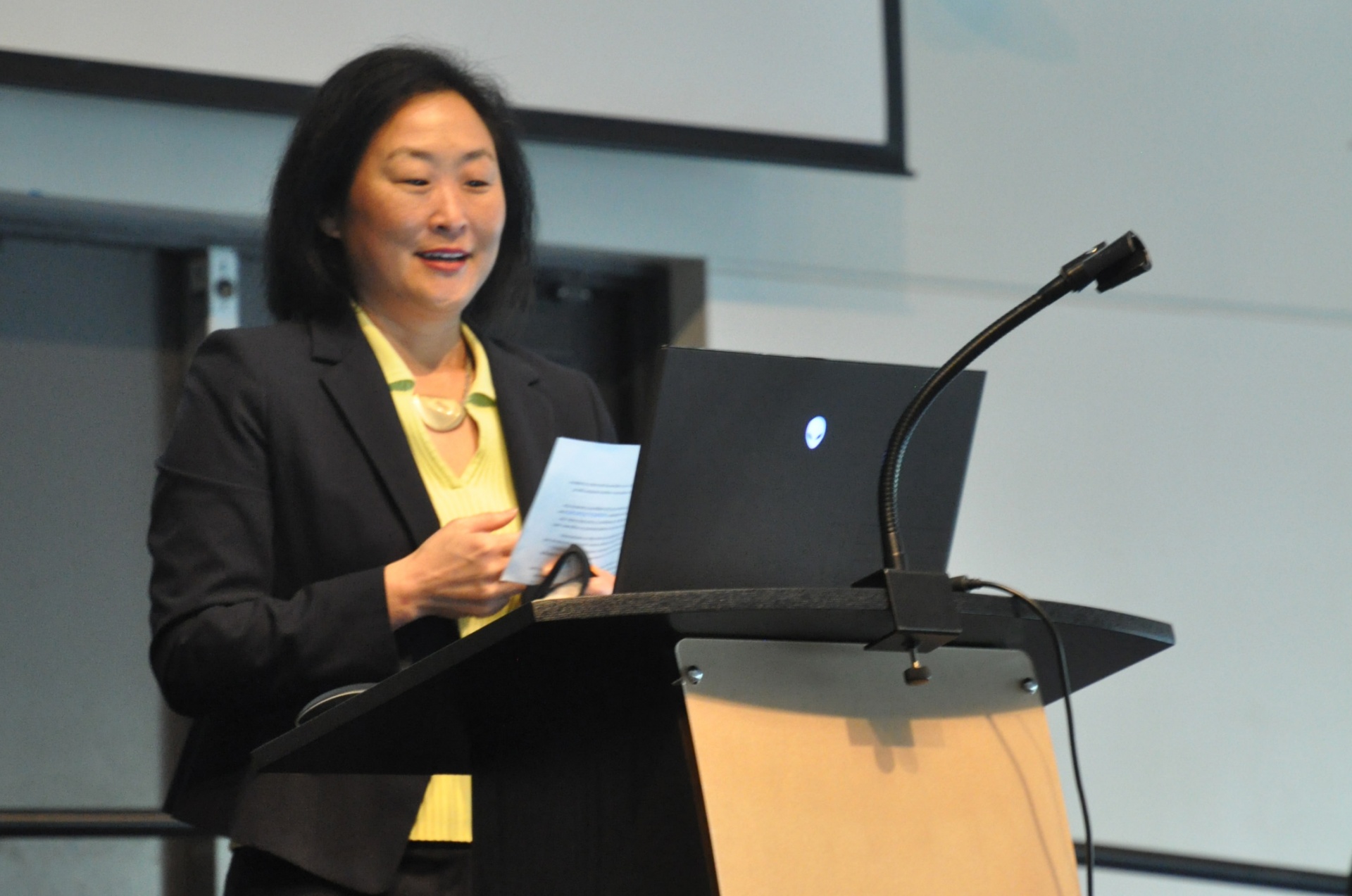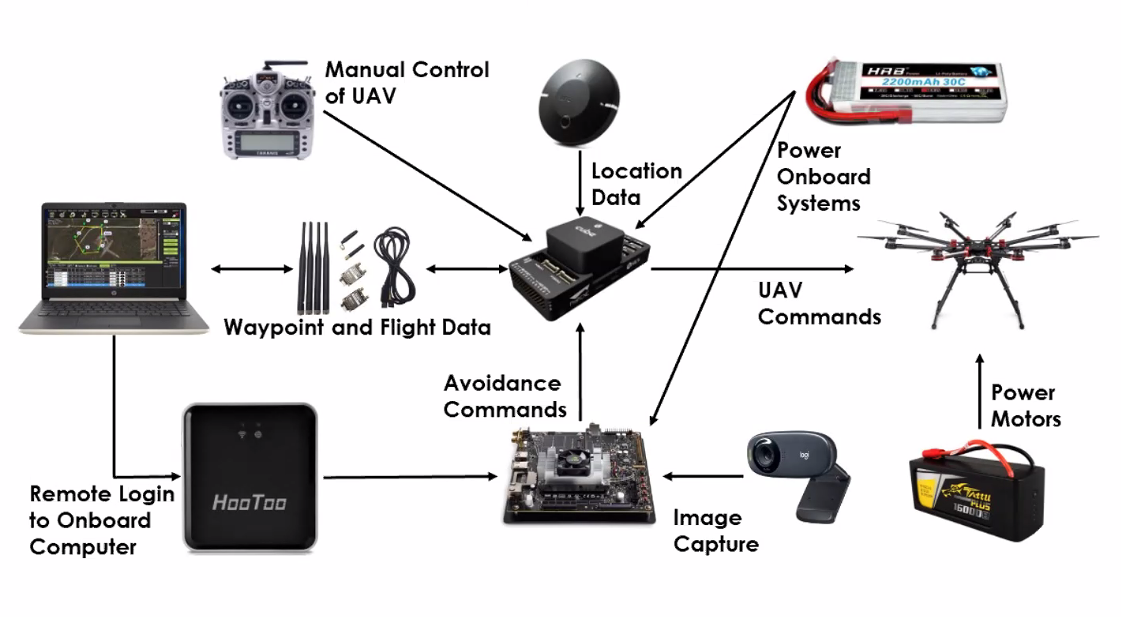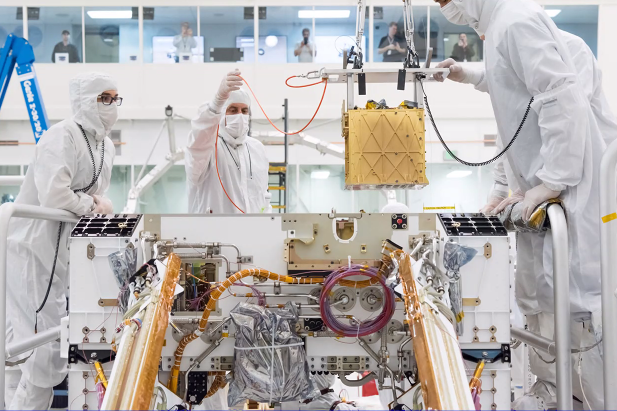COE Hosts Two-Day Mechatronics Workshop
Mechatronics is one of the fast-growing engineering fields. Yet programs to develop the next generation of mechatronics engineers remain in their infancy.
A two-day workshop the CSULB College of Engineering held on Sept. 17-18, in partnership with Wayne State University, brought together industry members and high school, community college, and university educators to share experiences and set the foundation for developing mechatronics curriculum and workplace programs.

“There’s a discontinuity between high school, college, and university. This is a good opportunity for everyone to have a conversation,” said Roger Lo, chair of the CSULB Chemical Engineering Department and co-organizer of the Frontier of Mechatronics for Alternative Energy and Aerospace Engineering Workshop, which drew more than 150 in-person and online attendees.
Mechatronics encompasses a broad range of engineering specialties, including electronics, mechanics, control theory, robotics, computer science, and even biomedical and chemical engineering. Demand for engineers with mechatronics experience is growing. According to Convergence’s Future Jobs Index, the number of openings for mechatronics engineers increased by 168 percent over the last year—the second-highest increase of all job categories tracked by the index.
“It’s no longer enough to know one thing,” said CSULB College of Engineering Dean Jinny Rhee in her opening remarks. “One of the things I love about mechatronics is it’s interdisciplinary.”

The workshop included speakers from The Aerospace Corp., Boeing Defense Systems, NASA Jet Propulsion Lab, Northrop Grumman, and Quanser on the industry side, and Cal Poly Pomona, Cal State Long Beach, Cypress College, and SATO Academy of Mathematics and Sciences on the academic side. Originally planned for spring 2020, it was delayed due to the pandemic.
CSULB Associate Professor Praveen Shankar, co-organizer of the National Science Foundation-sponsored workshop, said he noticed the convergence of engineering specialties into mechatronics when students were working on a CubeSat project in his lab.
“My labs are places where students come together and build robots. I realized this is an integrative field. It opened my eyes as to how much collaboration is required, said Shankar, who has also supervised student teams participating in NASA Rover and other competitions.

Subodh Bhandari, a professor at Cal Poly Pomona, shared how an 11-year-old unmanned aerial vehicle program funded by Northrop Grumman has provided valuable experience for students there. “What we have found is that involvement in these projects has helped us prepare a well-trained workforce ready to enter at a higher level,” Bhandari said. “Some of our graduates have assumed leadership executive or technical in just a couple of years.”
Gopalkrishna Bhat told workshop attendees he never expected to enter the field of mechatronics when he was searching for a Ph.D. thesis topic in the 1970s. Bhat, whose degrees were in mechanical engineering, learned about laser holography for his thesis, then went to work at a pharmaceutical company using that technology, aided by small robots, to analyze drug mixtures.
With no mechatronics courses being offered at that time, he learned about mechatronics through self-study, manuals, and courses in electrical engineering and computer science. Sixteen years ago, he joined Boeing and used mechatronics to design aircraft actuators.
“Students can go into a lot of different areas—robotics, inspection, maintenance, testing,” he said. “Software engineers, mechanical engineers, systems engineers—they all work together.”
At the SATO Academy of Mathematics & Sciences, teacher James Mills said mechatronics is incorporated into the high school’s Biomedical Pathway and Engineering Pathway programs. In the capstone class for Biomedical Pathways, students design a product for a specific client. In the Aerospace Engineering class, they design an autonomous rover. The Digital Electronics class teaches students about electronics, electrical engineering, and circuit design, as well as programmable logic devices, logic gates, and circuit design tools. And in the Computer-integrated Manufacturing class, they learn about CAD/CAM, manufacturing processes, product design, robotics, and automation.

James Lewis, a lecturer in the CSULB Mechanical and Aerospace Department, described the role mechatronics played while working on integration and testing for JPL’s Mars Oxygen In-Situ Resource Utilization Experiment (MOXIE), which produce oxygen from carbon dioxide.
“MOXIE was just a hotbed of mechatronics stuff—all of these different disciplines coming together,” he said. “If you’re going to test a technology that’s going to work on the surface of Mars, you have to test for all possibilities.”
Lewis said understanding controls, as well as mastering LabVIEW and Python, is important for those wanting to specialize in mechatronics.
Peter Martin, VP of Research & Development at mechatronics lab provider Quanser, said design intuition and being a generalist are also important in today’s field of mechatronics. “With the complexity and diversity of modern mechatronic systems, design intuition is more important than direct experience. Engineering literacy is more important than specialization. Understanding how to integrate systems is becoming more important than how to create systems,” he said.
Other speakers at the workshop included:
- CSULB Professors Panadda Marayong and I-Hung Khoo (Mechatronics Systems Design)
- Northrop Grumman Senior Principal Engineer Andrew Blackney, one of Shankar's former students (A Journey in Curiosity)
- Aerospace Corp. Principal Director Chris Dunbar (Mechatronics Education for the Aerospace Industry)
- Aerospace Corp. Senior Project Engineer Benjamen Bycroft (Exploration CAVE Laboratory), and
- Cypress College Lecturer Massoud Saleh (Talent Development for Workforce of the Future through Skill-based Training).





